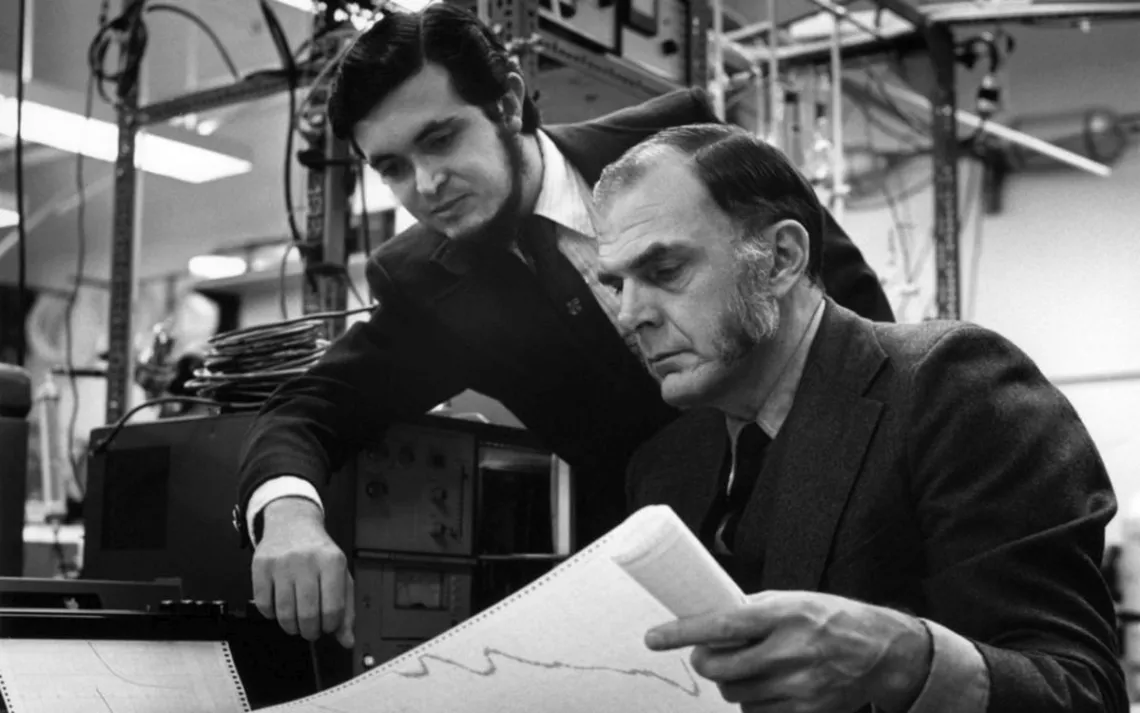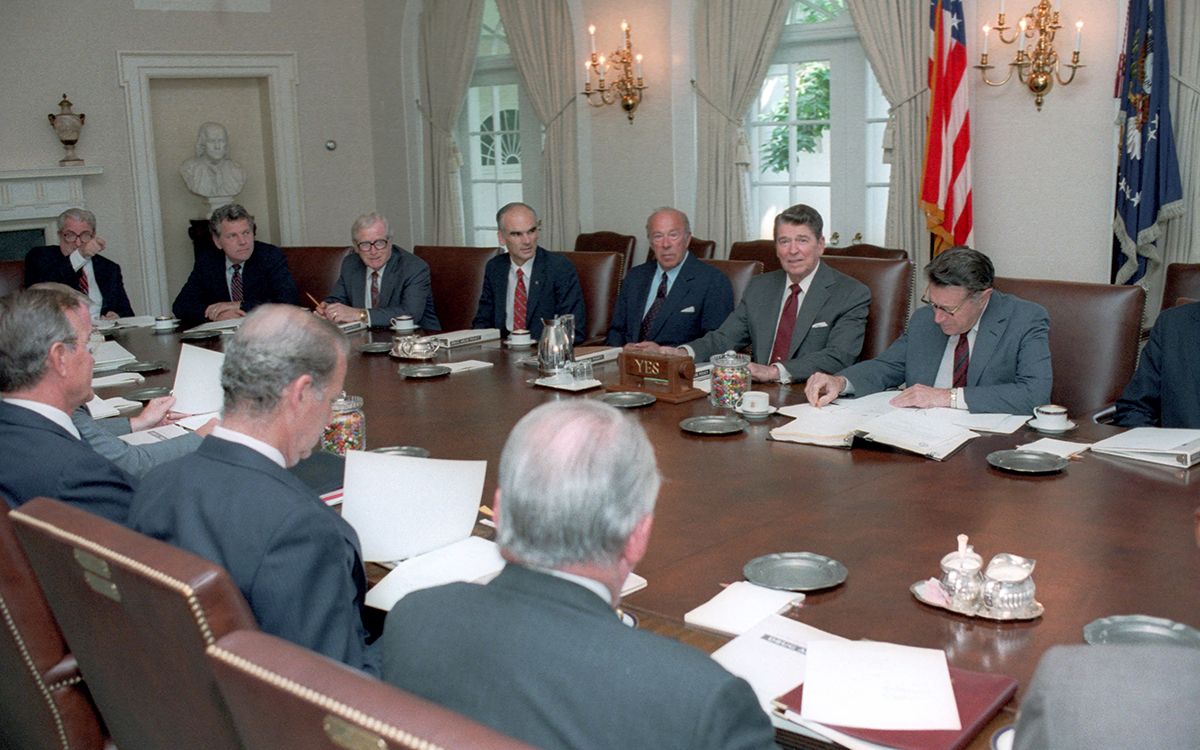“Ozone Hole” Shows That We Avoided Planetary Disaster Before
The PBS documentary chronicles our response to the other climate catastrophe

Mario Molina and F. Sherwood Roland | Photo courtesy of University of California, Irvine
When Thomas Midgley developed chlorofluorocarbon (CFC) in the 1920s, he was so convinced it was harmless that he famously inhaled the gas and used it to blow out candles. The compound was quickly put to use as a refrigerant and before long had made its way into a wide range of products, including deodorant, bug repellant, hair spray, and asthma inhalers.
It took until 1973 for two scientists, Mario Molina and F. Sherwood Roland, to determine that chlorofluorocarbons weren’t harmless at all—when subjected to the sun’s radiation high up in the atmosphere, they discovered, the seemingly inert compounds break down and release ozone-destroying chlorine. Fifteen years later, 130 countries signed the Montreal Protocol, agreeing to gradually phase out the production of CFCs.
Ozone Hole: How We Saved the Planet, a new PBS documentary that airs Wednesday, April 10, and is available for viewers at pbs.org from April 10 to 24, chronicles this remarkable story from the inception of CFCs up through 1987, when the Montreal Protocol was signed. The story is more gripping than you might think, and moving too. It provokes both hope (if we managed to come together to solve a planetary crisis once before, maybe we can do it again in response to climate change) and frustration (if we did it once before, then why are we failing to do it again now, when the stakes are just as high, if not higher?).
When Molina and Roland published their findings in June 1974, they warned that if we continued to manufacture CFCs, the layer of gases that protect the earth’s atmosphere from the sun’s radiation would dissipate and humanity would face an epidemic of skin cancer, the collapse of agriculture, and the eventual destruction of entire ecosystems. Initially, their findings received little attention, so they did something unheard of at the time—they stepped out of their role as impartial scientists and called on industry to phase out CFCs. As a result, the careers of both men suffered. DuPont and other chemical companies were producing 900,000 tons of CFCs a year, and they went on the attack, trying to discredit Roland and Molina and their findings.
But the press continued to publicize the warnings about CFCs. In the documentary, we are briefly treated to clips of newscasters earnestly explaining the science of CFCs, and it’s hard not to feel nostalgic for a time before accusations of “fake news” constantly muddied the clear communication of facts.
A turning point came in 1975, when the popular TV show All in the Family dedicated an episode to the problem. Sales of hair spray and deodorant declined perceptibly, and industry took note. In 1978, CFC-based aerosols were banned in the United States.

President Reagan at a cabinet meeting | Photo courtesy of Ronald Reagan Presidential Library
Ultimately, though, it took what the documentary calls two “unlikely eco warriors”—Ronald Reagan and Margaret Thatcher—to garner the international support that brought the Montreal Protocol to fruition. Reagan had a dismal record on the environment, but he loved the outdoors and didn’t like it giving him skin cancer (he’d had it before). Thatcher was no friend to regulation, but she was a chemist by training and understood the science. When, in September 1987, 130 countries agreed to cut production of CFCs by 50 percent within 12 years, Reagan called it “a magnificent achievement.”
At the close of the hour-long documentary, we see two colorful computerized projections of the earth—the first is labeled “World Expected" and shows how the ozone layer is on track, thanks to the intervention of earlier generations, to make a full recovery by 2065. The second projection is labeled “World Avoided,” and it spells out the ecological catastrophe that would have occurred if the world had not started phasing out CFCs three decades ago. It’s tantalizing to imagine a point in the distant future when computer models depicting the worst impacts of climate change will also be labeled “World Avoided.” Ozone Hole offers the message that we can get there.
 The Magazine of The Sierra Club
The Magazine of The Sierra Club



